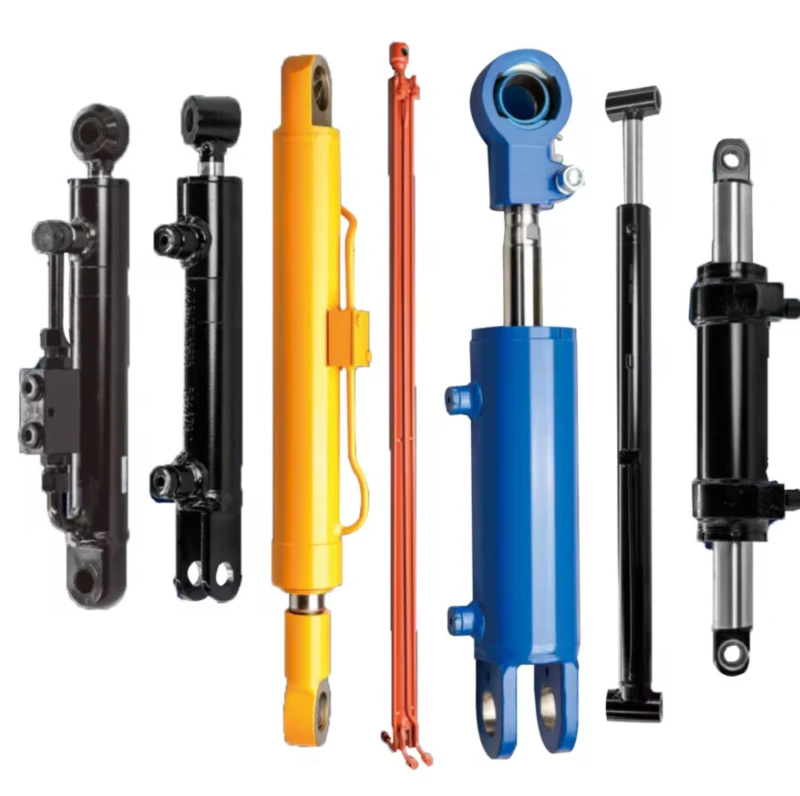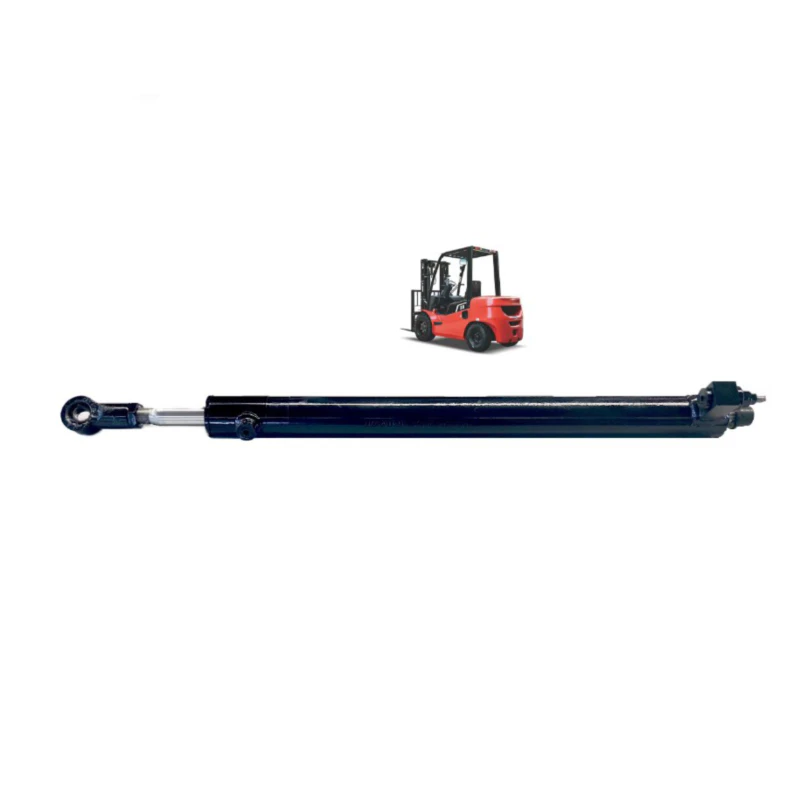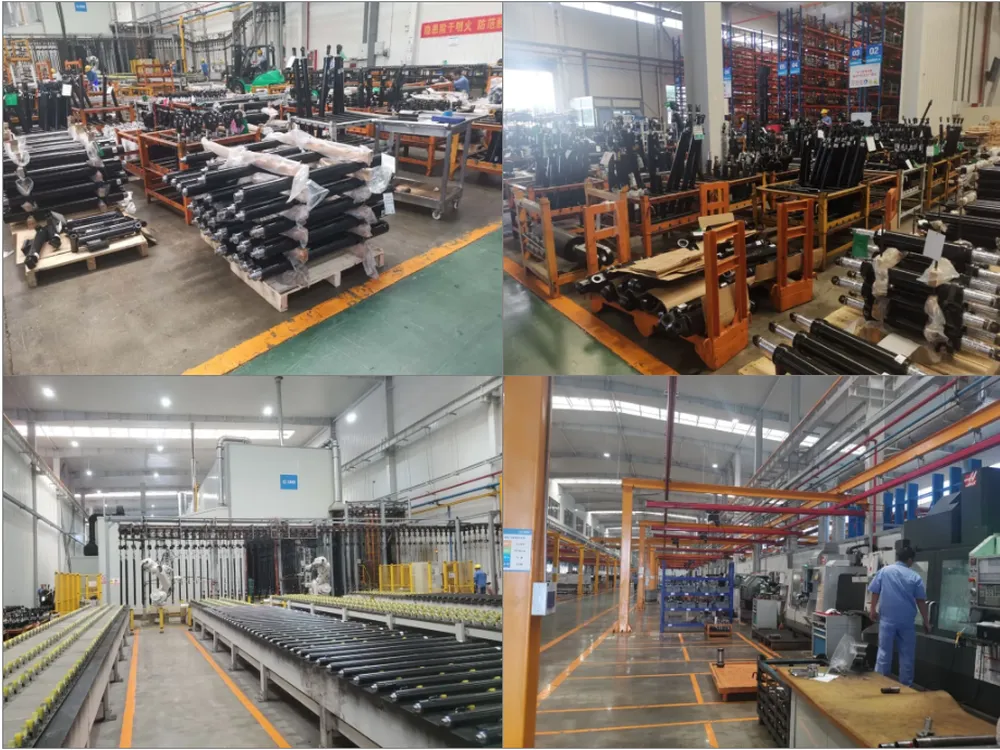Forklift Tilt Cylinder for Effective Handling in Rubber and Tire Manufacturing

Forklift tilt cylinders play an important role in the rubber and tire manufacturing industry. These cylinders, also known as hydraulic cylinders, enable the forklift to tilt its mast forward and backward, allowing for effective handling of materials. Without tilt cylinders, forklifts would not be able to efficiently move heavy loads of rubber and tires.
How Do Forklift Tilt Cylinders Work?
Forklift tilt cylinders operate using hydraulic fluid. When the operator tilts the mast forward or backward, hydraulic fluid is forced into one of the two cylinders, causing a piston to extend and push the mast forward or backward. The other cylinder simultaneously retracts, allowing the mast to tilt. When the operator tilts the mast back to its original position, the process is reversed.
The Importance of Forklift Tilt Cylinders in Rubber and Tire Manufacturing
Rubber and tire manufacturing involves the handling of heavy and bulky materials. Forklifts equipped with tilt cylinders are essential for efficiently moving these materials from one location to another. Without tilt cylinders, forklifts would not be able to tilt their mast forward or backward, making it difficult to pick up and transport loads. Furthermore, tilt cylinders allow forklift operators to more easily maneuver through tight spaces, increasing productivity and reducing the risk of accidents.
Common Issues with Forklift Tilt Cylinders
Like any hydraulic system, forklift tilt cylinders can experience issues if not properly maintained. Some common issues include leakage, cylinder drift, and difficulty tilting. Proper maintenance and regular inspections can help prevent these issues from occurring.
Benefits of Using Forklift Tilt Cylinders
- Efficient handling of heavy and bulky materials
- Increased productivity due to easier maneuverability
- Reduced risk of accidents
- Customizable to fit the specific needs of different industries

Company Introduction
Ever-Power is a leading provider of hydraulic cylinders in China, including forklift tilt cylinders, lifting cylinders, boom cylinders, hydraulic steering cylinders, and more. With a design and production capacity of 200,000 sets per year and 300 units of all kinds of automatic CNC production equipment and automatic hydraulic cylinder assembly equipment, Ever-Power is committed to providing high-quality products, competitive prices, and excellent customer service. We also supply a range of other hydraulic cylinders, including high-altitude platform cylinders, industrial vehicle hydraulic cylinders, rotary drilling rig cylinders, automotive crane cylinders, construction machinery hydraulic cylinders, mining dump truck cylinders, and sanitation machinery hydraulic cylinders. We welcome customers to customize their products based on their drawings and samples.
Boom Cylinders
If you are interested in boom cylinders, visit boomcylinders.com for more information.

Q&A
Q: How often should forklift tilt cylinders be inspected?
A: Forklift tilt cylinders should be inspected at least once a year or more frequently depending on usage and operating conditions. Regular inspections can help identify potential issues before they become major problems.
Q: Can forklift tilt cylinders be repaired?
A: Yes, forklift tilt cylinders can be repaired if they are damaged or experiencing issues. However, it is important to have the repairs done by a qualified technician to ensure that the cylinder is restored to its original condition and that it operates safely and effectively.
Q: Are forklift tilt cylinders expensive to replace?
A: The cost of replacing forklift tilt cylinders can vary depending on the make and model of the forklift, as well as the type of cylinder being replaced. However, it is generally more cost-effective to replace a cylinder than to continue operating a forklift with a faulty or damaged cylinder, which can lead to additional problems and expenses down the line.